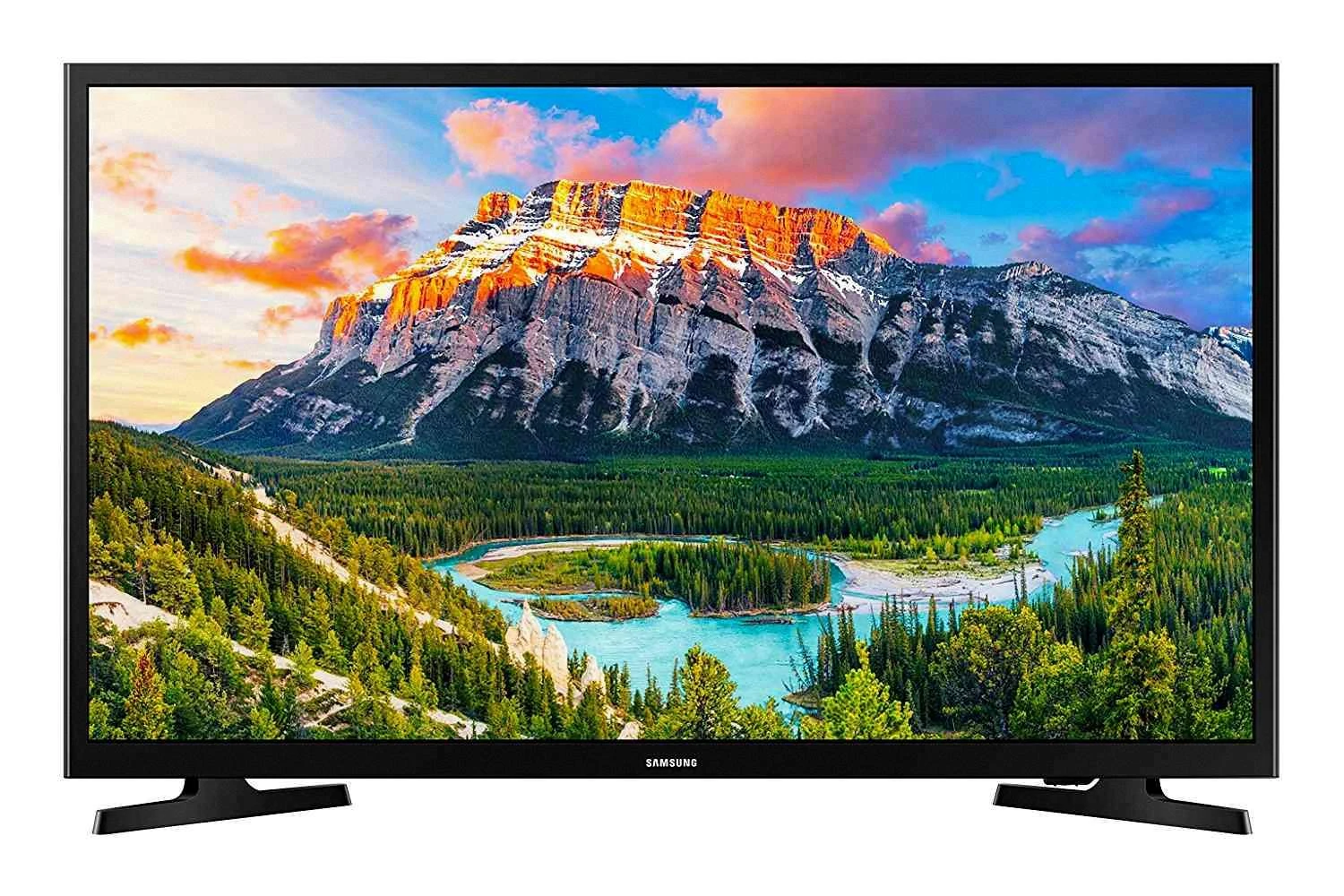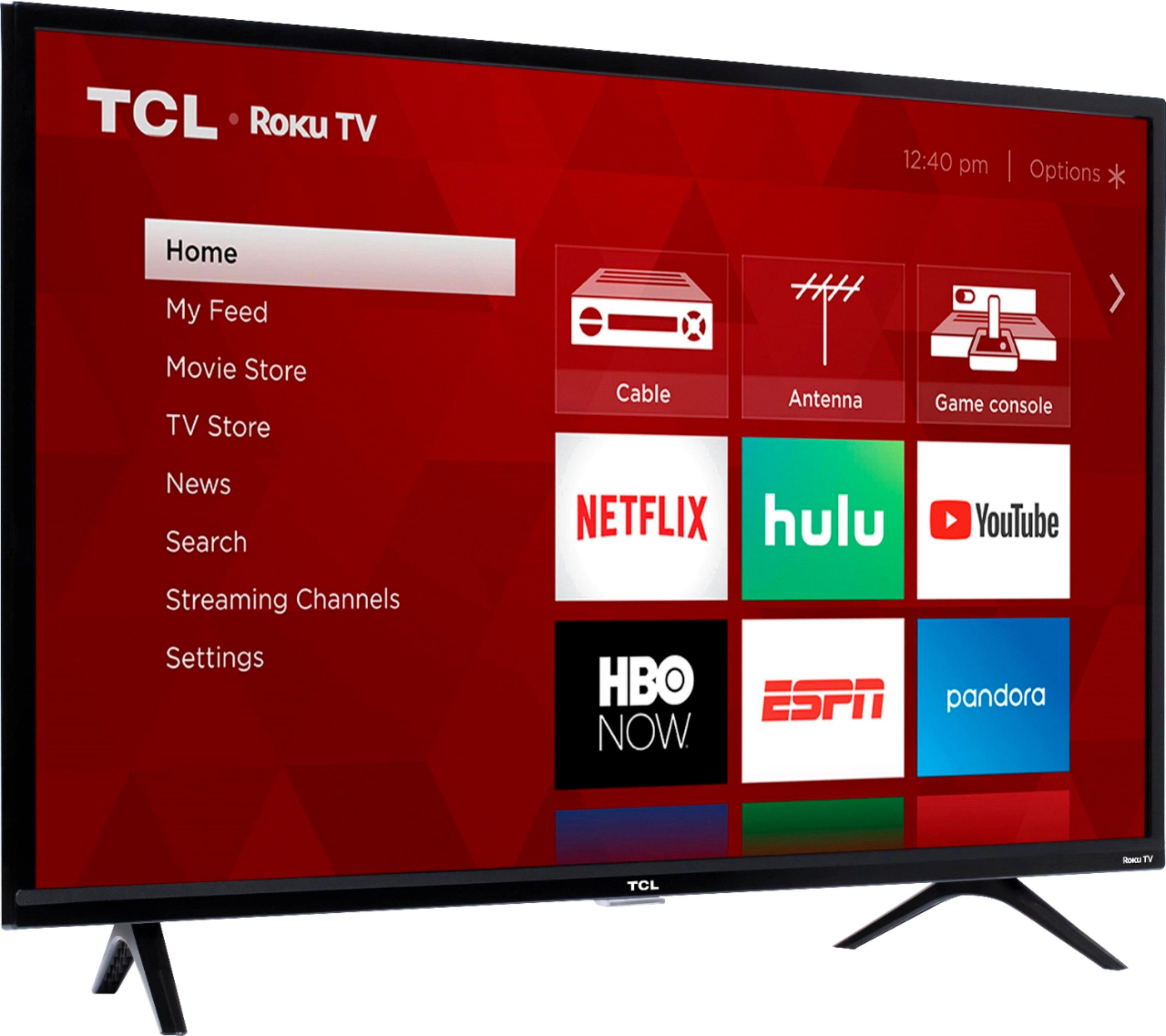LCD TVs, or liquid crystal display televisions, are a popular type of flat-screen TV that has been around for several years. These TVs use a liquid crystal display panel to create images, and they have several advantages over older TV technologies like CRTs.
One of the biggest advantages of LCD TVs is their thinness. Because they use a flat panel rather than a large, bulky CRT, they can be much thinner and lighter than older TVs. This makes them easier to mount on a wall or move around, and it also means that they take up less space in your home.
Another advantage of LCD TVs is their energy efficiency. Because they use less power than older TVs, they can help you save money on your electricity bill. They also produce less heat, which can be a benefit in warmer climates.
When it comes to picture quality, LCD TVs can be a great choice for many people. They offer bright, clear images with good color accuracy, and they can handle fast-moving action scenes without blurring or ghosting. In addition, LCD TVs are available in a wide range of sizes and resolutions, so you can find one that fits your needs and budget.
There are a few downsides to LCD TVs, however. One is that they can have limited viewing angles, which means that the picture can look washed out or distorted if you’re not sitting directly in front of the screen. Another is that they can suffer from motion blur or lag, which can be a problem for gamers or sports fans.
LCD TVs are a great choice for many people who want a high-quality, energy-efficient TV that won’t break the bank. Whether you’re looking for a small TV for your bedroom or a large, high-resolution model for your living room, there’s sure to be an LCD TV that fits your needs.

Comparing LED and LCD TVs
When it comes to choosing between LED and LCD TV, the former is considered to be a better option. The reason behind this is that LED TVs have an individual dimming and backlighting system, which ensures that your projections are sharper, more defined, and closer to reality. In contrast, LCD TVs use a backlight to display images, which can sometimes lead to a slightly washed-out appearance.
Moreover, LED TVs are known to be more energy-efficient than LCD TVs. They use less power and emit less heat, which not only helps in reducing your electricity bills but also ensures that your TV does not overheat and damage its internal components.
In terms of brightness, LED TVs also have an advantage over LCD TVs. This is because they can achieve higher levels of brightness without compromising the quality of the image. LED TVs are also known to have better contrast ratios, which means that the blacks are deeper and the whites are brighter.
LED TVs are a better choice when compared to LCD TVs due to their superior picture quality, energy efficiency, and brightness levels.
The Benefits of LCD TVs
LCD TVs are a good option for those who want a high-quality picture at a more affordable price. They use a liquid crystal display to create the image and can provide a brightness level that can be beneficial in bright viewing environments. They are available in a variety of screen sizes and offer a wider range of options than OLED models. Additionally, LCD TVs can deliver a sharp, clear picture with vibrant colors, making them a popular choice for many consumers. LCD TVs are a solid choice for those who want a high-quality viewing experience without breaking the bank.
Difference Between LCD and LED TVs
LCD and LED TVs are not exactly the same, but they do share some similarities. Both are types of liquid crystal displays, which use liquid crystal molecules to create images on the screen. The main difference between the two technologies is the type of backlighting used.
LCD TVs use a cold cathode fluorescent lamp (CCFL) to provide backlighting for the screen. This technology has been around for a long time and is known for producing deep blacks and high contrast ratios. However, CCFL backlighting can also be prone to uneven lighting and a shorter lifespan than LED backlighting.
On the other hand, LED TVs use light-emitting diodes (LEDs) to provide backlighting. This newer technology offers a more energy-efficient and longer-lasting option than CCFL backlighting. LED backlighting also allows for thinner and lighter TV designs.
While both LCD and LED TVs use liquid crystal displays, the main difference lies in the type of backlighting used. LCD TVs use CCFLs, while LED TVs use LEDs.
Conclusion
LCD TVs are a type of television display technology that utilizes liquid crystal displays to produce images. They are a popular and affordable option for consumers, offering a wide range of screen sizes and resolutions. While they may not be as bright or have as high contrast as LED TVs, they still offer a high-quality viewing experience. It is important to note that LCD TVs use fluorescent lights for backlighting, which may not provide the same level of energy efficiency as newer LED technology. LCD TVs remain a great choice for those looking for a reliable and cost-effective television option.













